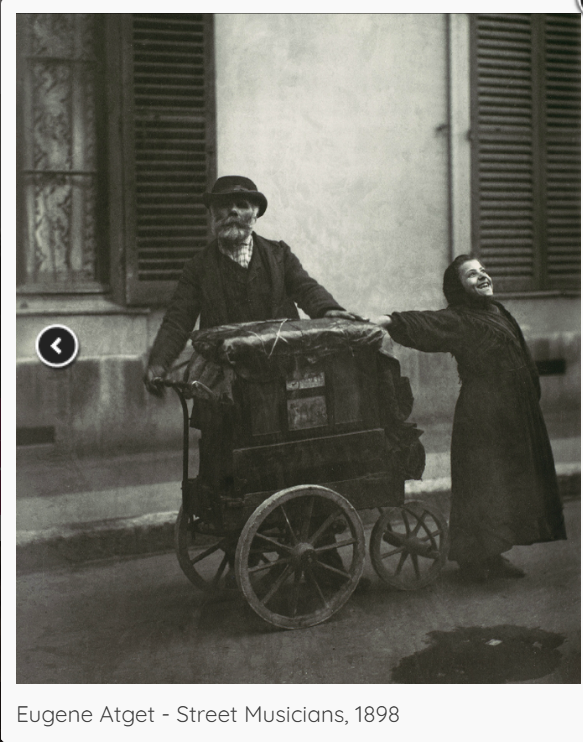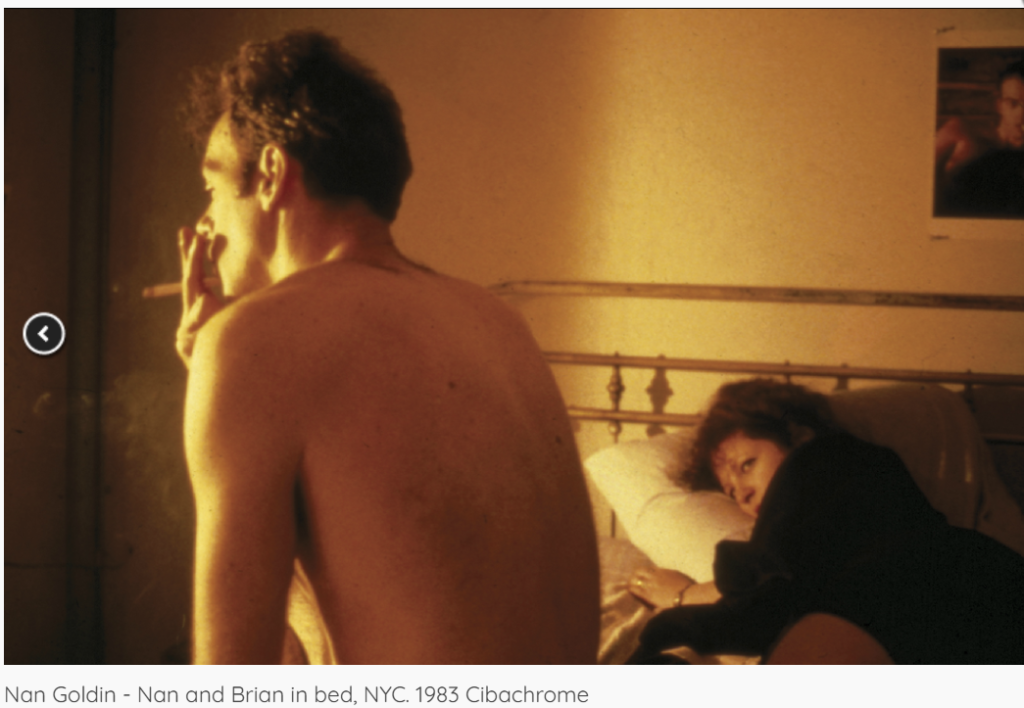Essay
On the topic of mirrors and windows of the world, in photography, daguerreotype and calotype photographs crop up. A daguerreotype is a one off image produced without a negative, appearing on a thin metal sheet. In contrast a calotype produces a negative in the camera that can then be used to create new positives of the same image. In fact the calotype was the first in camera negative, making it revolutionary for its time. These processes raise an interesting discussion in the photography terms of mirrors or windows, more specifically John Szarkowski’s idea of mirrors and windows. Using Szarkowski’s idea of mirrors and windows a daguerreotype is a window as you cannot alter this style, once it is created it is final, similarly this method of photography was mostly used for documentary purposes, creating keepsake portraits, capturing how families or people of importance looked over the years. However a calotype is more likely to be considered a mirror as creating an in camera negative means it is easier to alter images, or mass produce them. This made them the subject of many romantic styles and gave photographers a way to experiment with their own style – a mirror of themselves and how they see the world- rather than having to only create a positive on a piece of metal. A calotype gave them more creative freedom, self expression – mirror where as a daguerreotype documented rich history through headshot portraits in a documentary style – windows.
One brief quote from Szarkowski is ‘“world exists independent of human attention” a photograph is, after all, a record of nature, of the world’s lights and shadows. Szarkowski is correct, the whole premise of taking a photo is to capture a moment in time, in very basic terms no matter what you are photographing it ends up being a capture of the light and shadows at that precise moment in time. Humans do not pay attention to this but the bigger picture, so Szarkowski suggests we are normally overlooking things when we take photos but the whole point is to capture it how we remember, overlooking or not.

This photo is a window, a window into life in 1898. The photo captures two street musicians, a candid insight into their livelihoods. This is a window photo, one that is not set up, simply snapped at the time. The rushed composition, apparent in the framing of the photo, gives the photo its true feel to the sense of reality. The intention of a windows photo. It is an interesting shot, both when it was produced and now, when it was produced it would have been a common sight, but not regularly photographed. Unlike now it is not a common sight, meaning this photo is not only a windows photo in the way it was taken but in true windows photo method it gives us a sense of reality even all these years later. Allowing the viewer a glimpse into a world unlike theirs. This was a true windows photo, as defined by Szarkowski, capturing the world humans don’t recognise to show them a world they do.

In contrast, this is a mirror photo. A photo taken from a subjective view point. This might appear un posed at first but the photographer is Nan Goldin, the woman lying in the bed is Nan Goldin. This is a posed, planned photo, in which the photographer dictates the story. Goldin gives us an insight into a personal moment in the busy city of New York. Goldin has used herself to tell a story about herself, that many can relate to. This is a true depiction of a mirrors photo, often a photo that appears candid at first glance but is a well thought out shot. Complimenting Szarkowski’s idea on point of view in photography, Goldin shows you can create a story from a moment, whether it be a thought, dream or memory if you plan well enough. Making sure to use the technical elements like cropping, to make the photo feel more like an intrusion Goldin has created one of the most successful mirror photos.
Szarkowski comments on the idea of the death of print media like LIFE and LOOK in his ‘mirrors and windows’ book, suggesting we still photograph but often hide our work now, being overruled by other media sources. Following then into his separation of the two ideas, windows and mirror photography. Both taking different approaches to provoke the viewer with outcomes, make them question and think while allowing photographers further creativity pushing their talent further. The two photos above are separate images one mirror and one window, however it brings up the question can a photo be both? To some extent I believe most are, while mirrors are composed they must be based on some truth, some strong motivation to tell a particular story, capturing it through photography. Equally in a windows photo there must be some extent of planning and pre decision, even small things like where to walk that day, what to actually photograph. Szarkowski produced an interesting topic, not only igniting photographers passion but in the bigger picture allowing people to understand their own work. Each photographer will have a slightly different definition of a window and a mirror and where the lines blur between them, however all photographers will capture light. The light particles creating a memory forever, dating back to camera obscuras to modern day.
